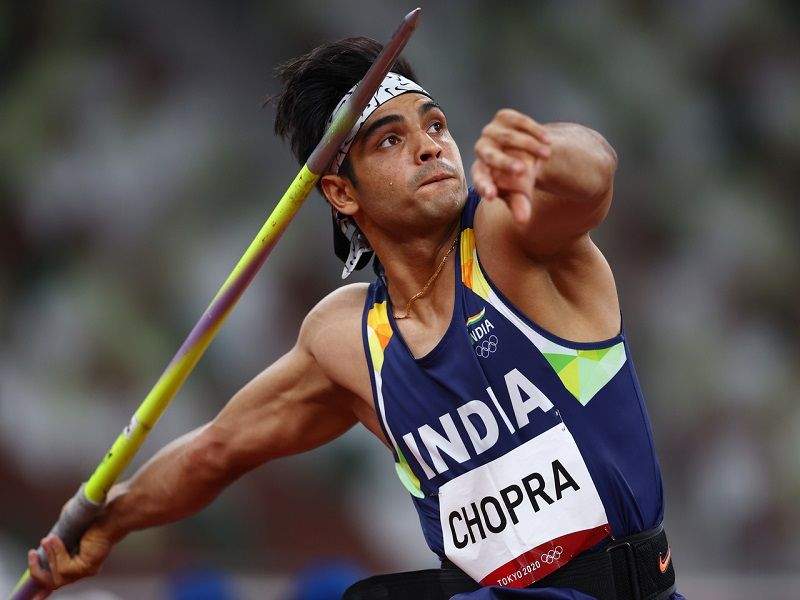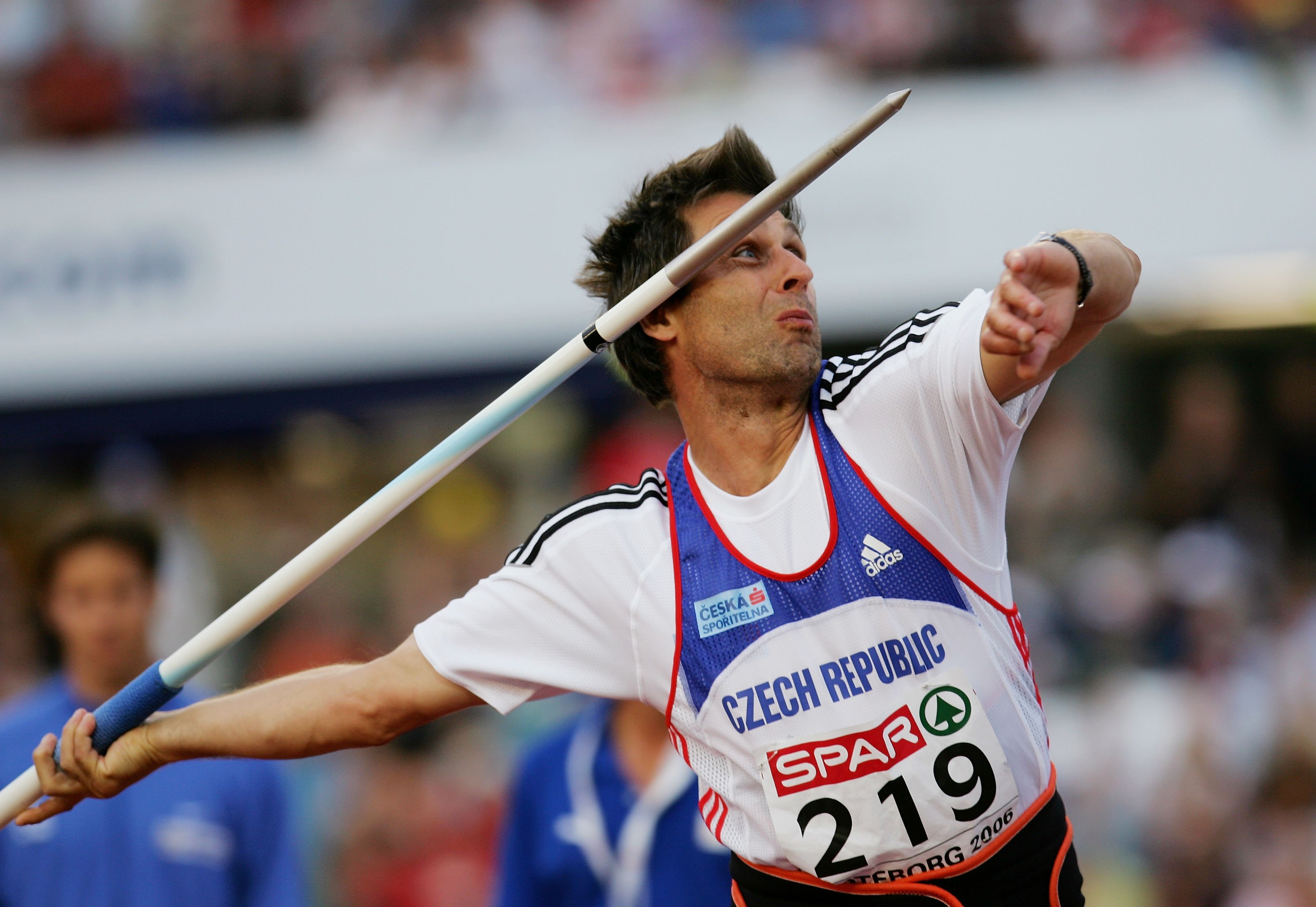History and Evolution of Men’s Javelin

The javelin, a spear-like projectile, has a long and storied history as a tool and weapon, and its use in competition can be traced back to ancient times. The evolution of the men’s javelin as a modern athletic event is a fascinating journey marked by technological advancements, rule changes, and the emergence of legendary athletes who pushed the boundaries of human performance.
Ancient Origins and Early Competitions
The origins of javelin throwing can be traced back to prehistoric times, where it was used for hunting and warfare. The ancient Greeks and Romans incorporated javelin throwing into their athletic games, with evidence suggesting it was a prominent event in the ancient Olympic Games. However, the javelin throwing of antiquity differed significantly from the modern sport in terms of rules, techniques, and the type of javelin used.
Modernization and Rule Changes
The modern javelin throwing event, as we know it today, emerged in the late 19th and early 20th centuries. The standardization of the javelin and the introduction of specific rules marked a significant shift. Notable changes include:
- The introduction of a standardized javelin with a specific weight and length, replacing the variations used in earlier competitions.
- The implementation of a foul line, requiring the athlete to release the javelin from behind a designated line to ensure fair competition.
- The establishment of specific rules regarding the javelin’s trajectory and landing, including the requirement that the javelin must land with its tip first and remain within the designated sector.
These rule changes aimed to create a more consistent and fair competition, emphasizing technique and athleticism over the use of heavier or longer javelins.
Notable Figures and Contributions
The history of men’s javelin is adorned with the names of exceptional athletes who have pushed the boundaries of human performance and contributed to the sport’s evolution. Some notable figures include:
- Eric Lemming (Sweden): Lemming was a dominant force in the early 20th century, winning gold medals at the 1908 and 1912 Olympic Games. His throwing style and achievements significantly influenced the sport’s development.
- Finland’s Golden Age: The 1920s and 1930s witnessed a surge in Finnish javelin throwing, with athletes like Matti Järvinen, Yrjö Nikkanen, and Paavo Yrjölä setting numerous world records and establishing Finland as a powerhouse in the sport.
- The Modern Era: Athletes like Steve Backley (Great Britain), Jan Železný (Czech Republic), and Andreas Thorkildsen (Norway) have continued to push the limits of javelin throwing, setting new world records and captivating audiences with their athleticism and skill.
Timeline of Significant Milestones
The history of men’s javelin is marked by a series of milestones that have shaped the sport’s evolution:
| Year | Milestone | Description |
|---|---|---|
| 1896 | First Olympic javelin throw | The javelin throw was included in the first modern Olympic Games held in Athens, Greece. |
| 1908 | Standardization of the javelin | The javelin’s weight and length were standardized, marking a significant step towards creating a more consistent and fair competition. |
| 1912 | Introduction of the foul line | The foul line was introduced to ensure that athletes released the javelin from a designated area, promoting fairness and consistency. |
| 1985 | Javelin redesign | The javelin’s design was significantly altered, making it more aerodynamic and allowing for longer throws. This led to a significant increase in world records and the emergence of a new generation of athletes. |
Techniques and Mechanics of Men’s Javelin

The javelin throw is a complex athletic event that requires a combination of strength, speed, and technique. The goal of the thrower is to launch the javelin as far as possible, while adhering to specific rules regarding the throw’s form and landing zone. This section delves into the intricate phases of the javelin throw, analyzing the biomechanics and muscle groups involved, and exploring the advantages and disadvantages of different throwing styles.
Grip
The grip on the javelin is crucial for generating power and control during the throw. The thrower typically holds the javelin with their dominant hand near the javelin’s center of gravity, while their non-dominant hand provides support and stability. The grip should be firm but not overly tight, allowing for a natural release of the javelin.
- The thrower’s dominant hand grasps the javelin closer to the center of gravity, typically between the center of gravity and the javelin’s balance point.
- The non-dominant hand, usually positioned a few inches below the dominant hand, provides support and helps control the javelin’s orientation.
- The grip should be firm enough to maintain control but not so tight as to restrict the javelin’s release.
Run-up
The run-up is the crucial phase where the thrower builds momentum and transfers it to the javelin. This phase involves a series of steps that gradually increase speed and allow the thrower to generate maximum power.
- The run-up starts with a few strides at a moderate pace, gradually increasing in speed as the thrower approaches the throwing line.
- The thrower’s stride length and frequency increase, maximizing their speed and momentum. The athlete should maintain a consistent rhythm and avoid any sudden changes in pace.
- The thrower’s body remains balanced and upright, with a slight forward lean to maintain momentum and prevent loss of balance.
Plant
The plant is the moment when the thrower’s dominant foot touches the ground just before the throw. This action is crucial for transferring the momentum gained during the run-up to the javelin.
- The thrower’s dominant foot plants firmly on the ground, providing a stable base for the throw.
- The thrower’s weight shifts from the non-dominant foot to the dominant foot, generating force that is transferred to the javelin.
- The thrower’s body remains in a balanced position, with their shoulders and hips aligned to ensure optimal force transfer.
Throw
The throw is the culmination of all the preceding phases, where the thrower releases the javelin with maximum force and accuracy. This phase requires precise timing, coordination, and technique.
- The thrower rotates their body, using their core muscles and hip rotation to generate power. The thrower’s dominant arm extends, propelling the javelin forward.
- The thrower’s wrist snaps, adding a final burst of speed to the javelin. The javelin should be released at a slight upward angle to maximize distance.
- The thrower’s body remains balanced and controlled throughout the throw, minimizing any unnecessary movements that could affect the javelin’s trajectory.
Follow-Through
The follow-through is the final stage of the throw, where the thrower’s body continues to move after the javelin has been released. This phase helps maintain balance and ensures that the thrower does not step over the throwing line.
- The thrower’s body continues to rotate after the javelin is released, maintaining a balanced and controlled movement.
- The thrower’s arm follows through in the direction of the throw, ensuring a smooth and efficient release of the javelin.
- The thrower’s legs remain in a balanced position, preventing them from stepping over the throwing line.
Notable Men’s Javelin Throwers and Records

The men’s javelin throw has seen numerous exceptional athletes who have pushed the boundaries of human performance, achieving incredible feats of strength, technique, and athleticism. From the pioneers who shaped the early days of the sport to the modern-day record-breakers, these individuals have left an indelible mark on the history of the javelin throw.
Current World Record Holder
The current world record holder in the men’s javelin throw is Jan Železný from the Czech Republic. He achieved this remarkable feat on May 25, 1996, at the IAAF Grand Prix in Jena, Germany, with a throw of 98.48 meters. Železný’s record has stood for over two decades, solidifying his place as one of the greatest javelin throwers of all time.
Legendary Javelin Throwers, Men’s javelin
Throughout history, numerous legendary javelin throwers have captivated audiences with their exceptional skills and achievements. Here are some of the most notable figures:
- Terje Hakonsen (Norway): Hakonsen dominated the javelin throw in the 1970s, holding the world record for eight years. He won two Olympic gold medals (1972 and 1976) and three World Championships. Hakonsen’s powerful throwing style and consistent performance made him a formidable competitor.
- Steve Backley (Great Britain): Backley is widely regarded as one of the greatest javelin throwers of all time. He held the world record for four years, winning Olympic gold in 1992 and three World Championships. Backley’s exceptional technique and accuracy were hallmarks of his career.
- Aki Parviainen (Finland): Parviainen was a dominant force in the 1990s, winning Olympic gold in 1996 and two World Championships. He was known for his powerful and consistent throws, which often resulted in impressive distances.
- Andreas Thorkildsen (Norway): Thorkildsen is the only javelin thrower to have won two consecutive Olympic gold medals (2004 and 2008). His smooth and fluid throwing style, combined with exceptional power, made him a formidable competitor.
Throwing Styles and Techniques
Different javelin throwers have developed unique throwing styles and techniques that suit their individual strengths and preferences. Some notable examples include:
- Jan Železný: Železný’s throwing style is characterized by its smooth and fluid motion, with a powerful final push that generates incredible speed and distance. His technique is often praised for its efficiency and effectiveness.
- Steve Backley: Backley’s throwing style was known for its precision and accuracy. He emphasized a controlled and deliberate approach, ensuring that the javelin was released at the optimal angle for maximum distance.
- Aki Parviainen: Parviainen’s throwing style was marked by its raw power and explosiveness. He generated tremendous force in his final push, propelling the javelin to impressive distances.
Top 10 Javelin Throwers of All Time
The following table showcases the top 10 javelin throwers of all time, based on their best recorded throws:
| Rank | Name | Nationality | Best Throw (m) | Year |
|---|---|---|---|---|
| 1 | Jan Železný | Czech Republic | 98.48 | 1996 |
| 2 | Andreas Thorkildsen | Norway | 91.57 | 2006 |
| 3 | Steve Backley | Great Britain | 91.46 | 1990 |
| 4 | Aki Parviainen | Finland | 91.31 | 1999 |
| 5 | Seppo Räty | Finland | 91.02 | 1983 |
| 6 | Boris Henry | Germany | 90.97 | 1984 |
| 7 | Raymond Hecht | Germany | 90.48 | 1996 |
| 8 | Kimmo Kinnunen | Finland | 90.31 | 1995 |
| 9 | Tom Petranoff | United States | 90.29 | 1983 |
| 10 | Tero Pitkämäki | Finland | 90.20 | 2015 |
Men’s javelin – Javelin throw, man! That’s one of the events we’re rooting for at the India medals Olympics 2024 ! Our athletes are seriously aiming for gold, and we’re all hyped up to see how far they can chuck that spear!
Men’s javelin is a sport that requires serious strength and precision. It’s like a game of “who can throw the stick the furthest,” but with a lot more finesse. It’s a different kind of energy than what you see from a duo like dominic fike diana silvers , but it’s still a spectacle in its own right.
In the end, it’s all about who can make that spear fly the farthest.
